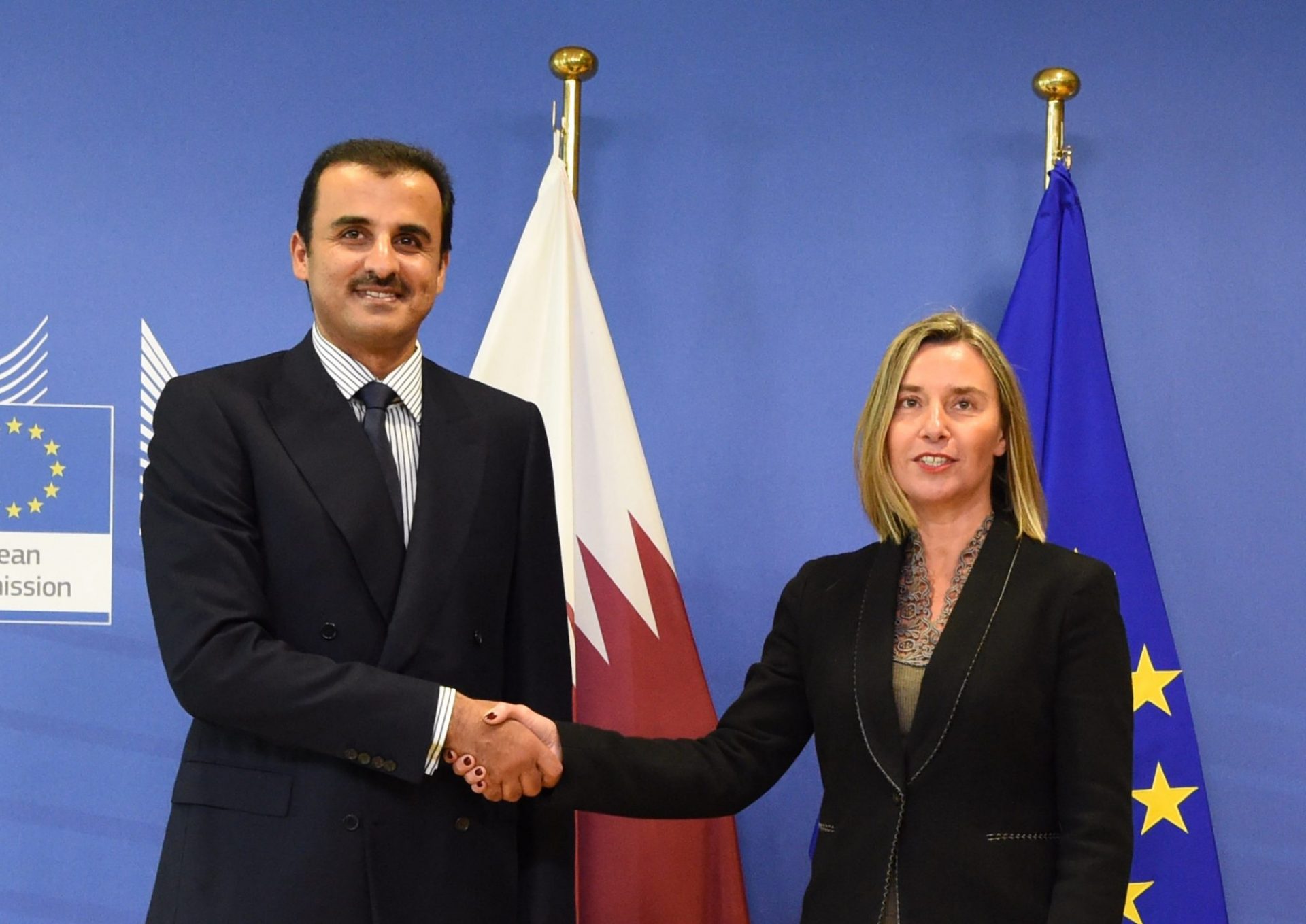
Since Russia’s invasion of Georgia in 2008, Russia has been employing an increasingly aggressive strategy towards its post-Soviet neighbours. During the crisis it sought to destabilize Georgia’s separatist regions of South Ossetia and Abkhazia, and Georgia was also the target of cyber-attacks and campaigns disinformation by Russia. The war only prompted weak reactions from the European Union[1]. Similarly, the March 2014 Russian military incursion in the eastern Crimean Peninsula in Ukraine provoked a mild reaction from the EU. The rounds of sanctions only had a limited effect on the Russian regime[2]. These two experiences lead the Kremlin to believe that they could restore Russia’s old sphere of influence in post-Soviet countries with total impunity and receive only a weak reaction from the West.
Similarly to Georgia, Moldova faces the challenge posed by a break-away region, Transnistria, where Russian-speaking separatists are backed by Russia. The war in Ukraine magnified the vulnerability of Transnistria to attacks by Russia, as strategically, it represents a way to cut off Ukraine from the Black Sea and weaken its economy. Russia keeps hold on the region by keeping on its soil a permanent force of 1,500 troops and around 20,000 tonnes of Soviet-era military equipment[3]. It is not unlikely it could target Moldova through covert hybrid warfare or through a full-blown military invasion[4] The Moldovan defence ministry has recently admitted it would lack the necessary military equipment and training of troops to face Russian aggression[5].
Click Here to Read the Entire Paper
____________________________________
[1] Dickinson, P. 2021, The 2008 Russo-Georgian War: Putin’s green light, Atlantic Council, accessed 17 Oct. 2022, <https://www.atlanticcouncil.org/blogs/ukrainealert/the-2008-russo-georgian-war-putins-green-light/>.
[2] Ibid
[3] Economist, 2022, What is Transnistria and why does it matter to Russia?, accessed 25 Oct. 2022, < https://www.economist.com/the-economist-explains/2022/04/28/what-is-transnistria-and-why-does-it-matter-to-russia>.
[4] Minzarari, D. 2022, The next war: How Russian hybrid aggression could threaten Moldova, accessed 25 Oct. 2022, <https://ecfr.eu/publication/the-next-war-how-russian-hybrid-aggression-could-threaten-moldova/>.
[5] Ibid



